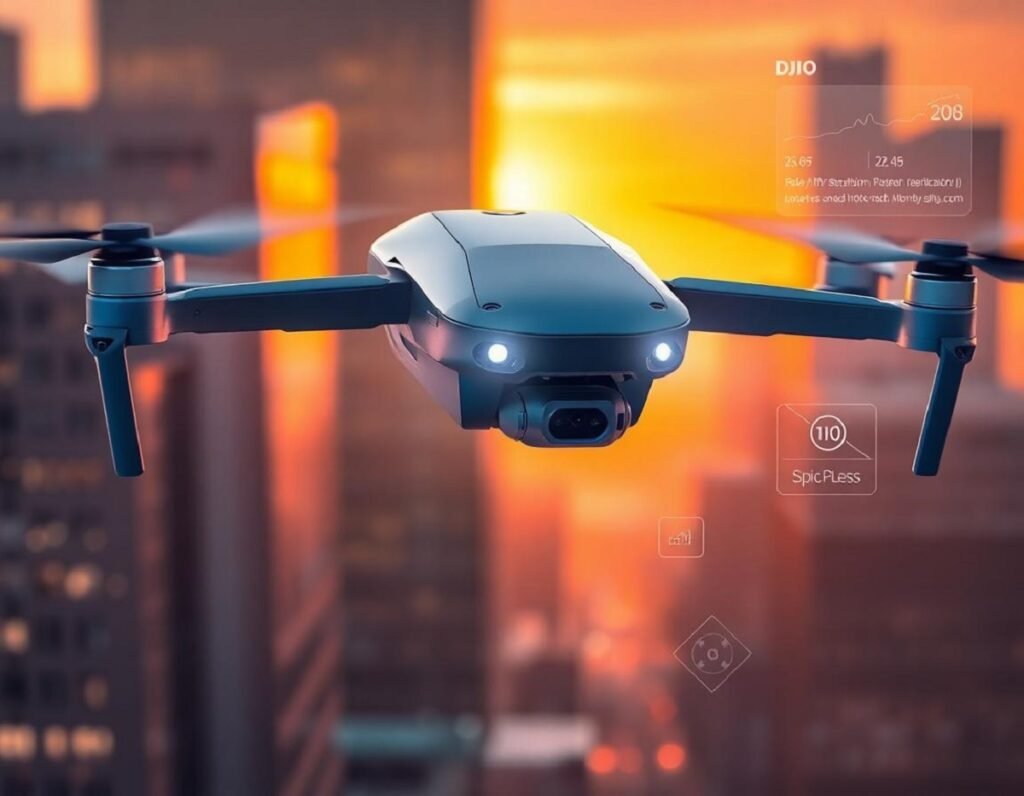I’ve flown the DJI Neo for about 300 days, traveling with it across Norway and even bringing it to the US. It’s been a fun companion, so here’s my honest take after all this time. Whether you’re looking for your first drone or a small backup, this review should help you figure out if it fits your needs.
Price and What’s in the Box
At $199 (about €29 or 2500 NOK), you get one of DJI’s most flexible drones. With a simple palm gesture, it can follow you with tracking shots, and you can fly it using your smartphone or a remote like the RCN2, RCN3, or RC2.
Want an even richer experience? Use Goggles N3 or Goggles 3 for a first-person view. You can also try the FPV or motion controller for a different style of flying.
The Fly More Combo is a good deal if you want extra batteries, a charging hub, and the RC3 controller. The RC3 boosts image quality, which I’ll explain soon. All the gear shown here works with the Neo, which makes it pretty flexible.
Ease of Use
The DJI Neo is probably the simplest drone DJI makes. Power it up, select your flight mode with one button, hold the button to launch, and it returns home when you finish. For landing, just hold your hands beneath it and it comes to a stop. No flying experience needed.
It’s great for people new to drones and also handy for experienced pilots who want to get in the air fast. The drone is small enough to fit in your pocket and ready to fly right away.
Camera Quality
The Neo doesn’t claim to be the best for images. But for $200, it handles video recording with almost zero fuss. Even if you’re new to editing, you shouldn’t worry. I’ve shared some free tutorials to help you improve video quality with simple edits using free tools.
Using the RC2 or RCN2 controllers, you can adjust sharpness—even drop it to -2. This tweak makes videos look much better.
The value here is the mix of price, features, and size. The Neo is one of my top picks for travel. It may not deliver the sharpest images, but it does offer flexibility. The controllers also work with many other DJI models, so you won’t need a new remote if you upgrade.
For Social Media Creators
The Neo stands out for quick videos on Instagram Reels, TikTok, or YouTube Shorts. I often layer three different shots to make the video look sharper than it is.
Check my TikTok for examples. Compressing your videos and avoiding big formats helps mask the limitations. It’s a bit like using a 360 camera—zooming in hurts quality, but wide shots usually look fine.
What I Like Most
The Neo isn’t loaded with every feature out there. It doesn’t include in-app return to home, long phone connection range, or advanced manual controls. Still, it covers the basics well.
I use circle, follow, direction track, and helix modes a lot. They let you get fun results by simply flying short paths with your phone. I even made a travel video in Hawaii where I used the Neo as a handheld camera—no flying required. It worked better on busy trails with people around and the footage came out looking good.
Who Should Buy the DJI Neo?
If you’re new to drones, keep your hopes in check. The image quality isn’t stunning out of the box. Many shooters, including myself, tweak the footage with edits and custom settings.
Don’t worry if your first videos seem a bit off or the colors aren’t perfect. The real strength of the Neo is how easy it is to use, the features you get, and how you can expand it later. It’s a smart choice for beginners and those who want a compact and handy drone.
Weighing only 135 grams and surrounded by propeller guards, it’s also one of the safest drones for kids or anyone learning to fly.
Final Thoughts
After 300 days, I can say the DJI Neo is tough and reliable. When you keep your expectations realistic, it makes a strong first drone choice.
Already using a Neo? Drop your thoughts below. If you’re thinking about getting one, check the links for current offers.
Thanks for reading my DJI Neo 300 Days Later Review. Hit like and subscribe if you want to see more tech reviews soon.
